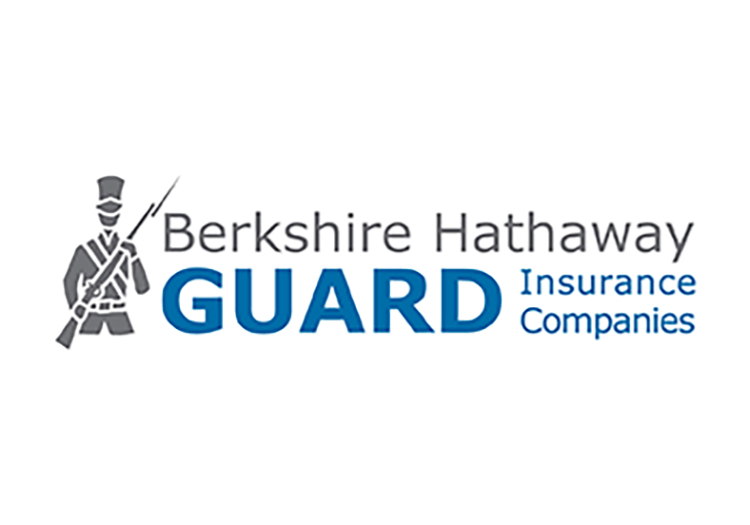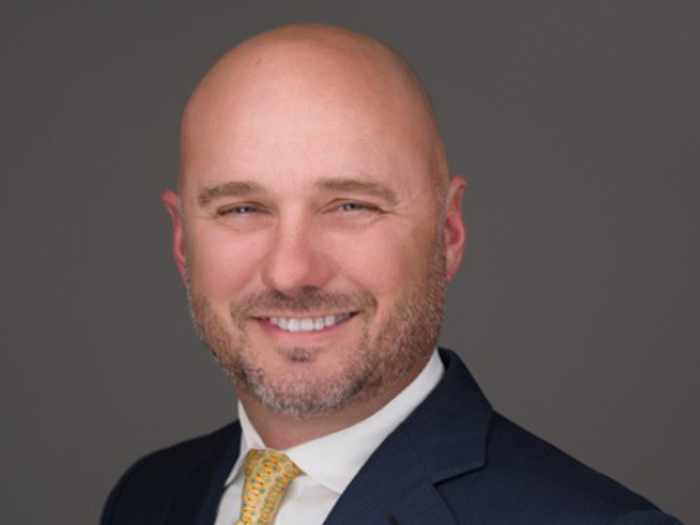Column: Risk Management
Becoming Great
We’ve all heard the re-run of Ronald Reagan’s 1980 campaign slogan — “Let’s Make America Great Again.”
Some tend to examine the word “again” as implying a throwback era where America was “great.”
One of my favorite business books comes to mind when I hear this catchphrase. “Good to Great” by Jim Collins has acted for many years as a best practice road map to superior risk management. In it, Collins asks: “Can a good company become a great company, and if so, how?”
What makes an organization great according to Collins? After analyzing more than 1,400 companies, he looked for those that have stood the test of time in performance and results. Great companies had 15-year cumulative stock returns at or below the general stock market; but in the subsequent 15 years, the same returns grew to three times that of the general market.
Collins’ study revealed key traits, like having humble leaders, driven to do only what is best for the organization and nothing else. Also finding the right, self-driven people for the job — no matter how long it takes. In Collins’ words: “Get the right people in the right seats on the bus.”
If America is on a journey to becoming “great” again, how are its risk management practices progressing? How good are we at facing brutal facts? Do we have the right people in the right seats on the proverbial government bus? How disciplined are decisions and behaviors? Are people motivated and held accountable for their actions?
Two other characteristics identified by Collins speak loudly to my risk management experience. He said great companies confront the brutal facts head on and act on them. They also rigorously promote a culture of discipline — where disciplined people have disciplined thoughts and take disciplined actions.
This doesn’t mean dictatorship; it’s not about imposing behaviors or rules but “creating systems and processes that keep teams motivated yet accountable.” Isn’t that great risk management?
Risk management is a disciplined, logical system that sets context, and analyzes, treats and communicates risks for any activity, function or process — all to help an organization navigate successfully toward its goals. If that is the case, becoming great requires risk management.
If America is on a journey to becoming “great” again, how are its risk management practices progressing? How good are we at facing brutal facts? Recognizing facts? Doing something in response to facts? Do we have the right people in the right seats on the proverbial government bus?
How disciplined and orderly are decisions and behaviors? Are institutional systems and disciplined processes in place? Are people, within these systems, motivated and held accountable for their actions?
When I think of attempts by Congress to dismantle the Dodd-Frank Wall Street Reform and Consumer Protection Act, I wonder if we have genuine intention for effective risk management.
The Dodd-Frank act brought risk management reforms to the financial system following the 2008 credit crisis, born from high-risk financial products, conflicts of interest and the failures of institutions, such as regulators and credit rating agencies.
If risk management in America is at risk, can America ever be great again? &










